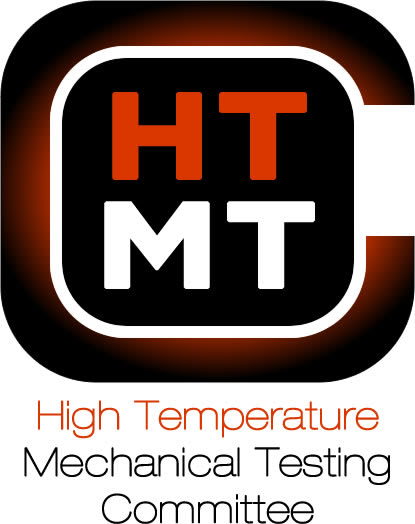European Structural Integrity Society
Structural Integrity refers to the safe operation of engineering components, structures and materials, and addresses the science and technology that is used to assess the margin between safe operation and failure. The aim of the EUROPEAN STRUCTURAL INTEGRITY SOCIETY (ESIS) is to develop and extend knowledge in all aspects of Structural Integrity and to disseminate that knowledge world-wide with the objective of improving the safety and performance of engineering equipment, individual components and structures. ESIS is a not-for-profit organisation run by the Executive Committee that is instructed by and responsible to a Council of delegates representing each European Country affiliated to the Society, as well as the Technical Committee chairpersons.
The specific aims of ESIS include the following:
- To foster research and collaboration into the prevention of failure of engineering materials, components and structures under mechanical loadings and associated phenomena.
- To encourage interdisciplinary research into the physical behaviour of engineering components; materials and structures.
- To develop new testing methods, numerical methods, and engineering estimation methods for structural integrity assessment.
- To improve engineering designs.
- To improve manufacturing, inspection and maintenance procedures.
- To develop methods for interpretation of material property data, probabilistic assessment and tools for failure prevention and management.
- To disseminate knowledge, by means of scientific publications, procedure documents, and referring developments to national and international code-making bodies where relevant.
- To educate young engineers and scientists in structural integrity matters.
ESIS Technical Committees work on different aspects of Structural Integrity matters. They are the most important part of the ESIS organisation. Their activities are supported by ESIS. The strength of each Technical Committee is indicated by the number and scientific quality of Committee members together with their output in terms of reports, recommendations, procedure documents, Special Technical Publications and the regularity of their technical meetings. Wherever possible the subject area of a TC should involve interdisciplinary aspects. Each TC may be split into several subcommittees, each examining specific topic of interest associated to the main subject area.
Further information relating to the activities of ESIS and details of how to become a member are can be found here: https://www.esis.site
